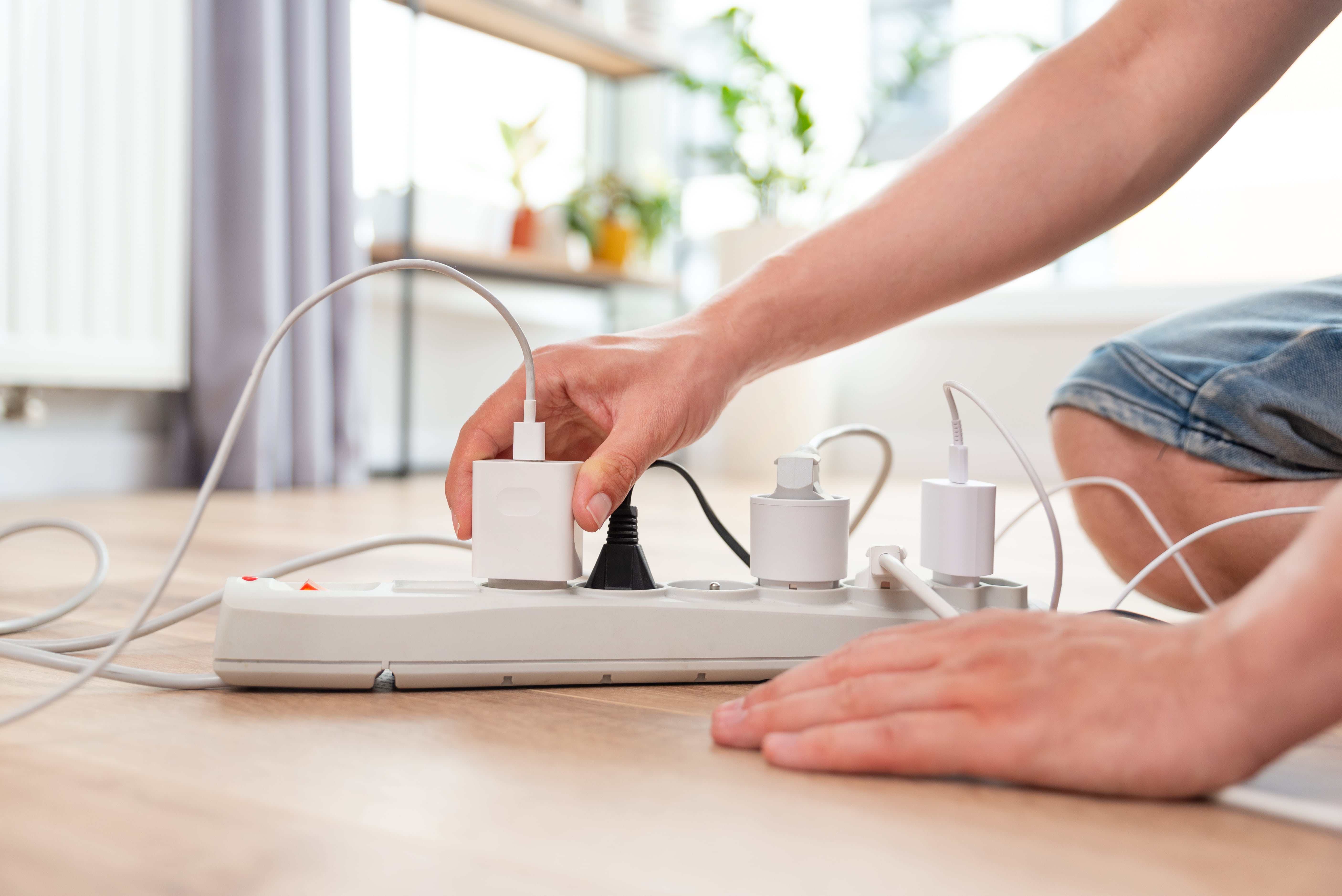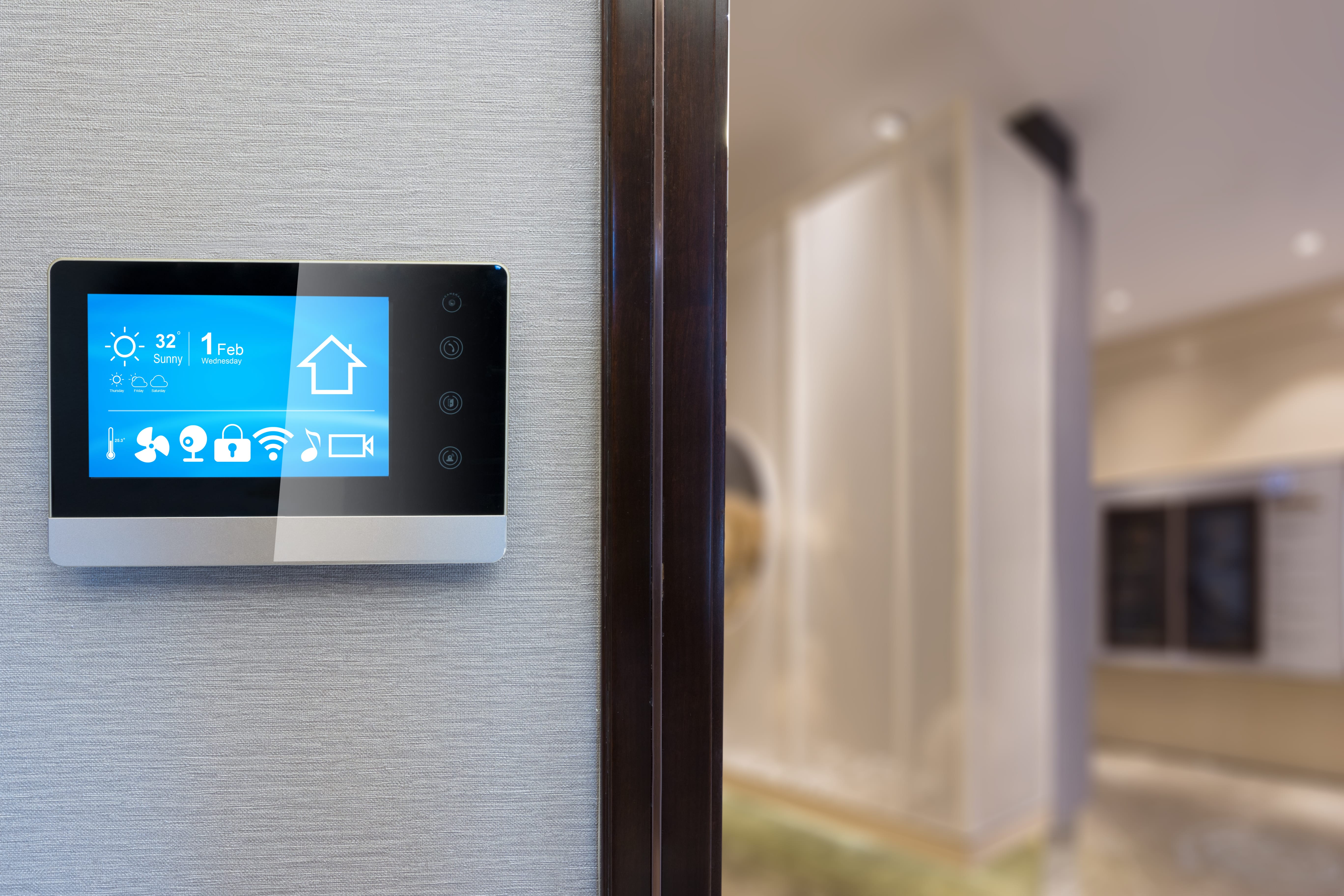If you’re looking for ways to cut down on energy usage in your home and save on your electric bill, your appliances are the best place to start. Many household electronics and electrical appliances use energy even when they’re turned off or in standby mode. The general rule is, if it’s plugged in, it’s using electricity.
Fortunately, there are plenty of ways you can reduce your home energy consumption, and one of the best ways to start is by learning what appliances use the most electricity.
You can also get a professional energy audit for your home to find places where you can cut back on your appliance electricity usage and create a plan for limiting your energy consumption.
{{CTA-thermostat-right-plan}}
What Appliances Use the Most Energy?
Below are a few of the culprits in your home that are likely consuming a lot of electricity, plus some ways to reduce your appliance power consumption and environmental footprint.
Heaters – 31.3% of total home energy consumption
By far, one of the appliances that use the most energy in your home is your heater. You need to keep your home comfortable in the colder months, but doing so can quickly increase your energy use.
One of the best ways to reduce heating costs is to make sure your home is well-insulated to keep the warm air from escaping. Look for places where you can improve insulation and seal any gaps or cracks that could allow heated air to slip outside.
Water Heaters – 13.6% of total home energy consumption
Unlike furnaces, water heaters are essential year-round for ensuring you have warm water for bathing, washing dishes, laundry and other household tasks. While you can’t use your water heater less, you can upgrade to more energy-efficient appliances.
A tankless water heater only heats water when it’s needed, instead of continuously working all day. Another option is a solar water heater, which takes advantage of renewable energy benefits and consumes less electricity.
Related: Learn how to save money with solar energy.
Central Air Conditioning – 10.7% of total home energy consumption
Air conditioning is essential in the sweltering summer months, especially in Texas, but it can be costly. Cooling your home with the average AC unit can cost you as much as $460 a year.
Fortunately, smart thermostats allow you to set your AC unit to come on only when you’re home and need to stay cool. There are also energy-saving appliances that are great options if it’s time to replace your current unit.
Just like heat, cool air can easily escape from a home, costing you more money in energy. Installing insulation and weatherstripping to seal up cracks in your basement, attic, and foundation can help prevent the loss of cool air and keep your home more comfortable.
Refrigerators – 4% of total home energy consumption
You can’t exactly just unplug your fridge, since refrigerators are constantly working to keep our food fresh and cold. But maximizing the efficiency of this appliance's energy use can still boost your savings and keep your electric bill from giving you a chill.
Set your refrigerator’s temperature between 37 and 40 degrees Fahrenheit. At this temperature, your food will stay cold without requiring your fridge to work extra hard. You can also consider investing in a more energy-efficient smart refrigerator.
Washing Machines & Clothes Dryers – 3.2% of total home energy consumption
The average family does around eight loads of laundry a week, using both these machines about six hours total on average during that time. Even if you have an energy-efficient washer and dryer, your annual electricity cost for laundry can be upwards of $115.
If you don’t own energy-efficient appliances, consider upgrading to an ENERGY STAR®-rated washer and dryer set that uses less electricity. Dryers are one of the household appliances that use the most electricity, especially compared to washers, so you can also take advantage of warm weather to air-dry your clothes.
Home Entertainment Equipment – 2.8% of total home energy consumption
Electronics like televisions, sound systems, cable boxes, and computers can use up a significant amount of energy in your home. But running around unplugging all these devices when they’re not in use is time-consuming and inconvenient.
Smart plugs can help you save energy by allowing you to turn off all home electronics with the push of a single button, or even a voice command. Many smart plugs even allow you to control the on/off switch remotely from your phone or virtual assistant.
Lighting – 2.8% of total home energy consumption
It’s a small part of your home, but if you regularly keep lights on, you could be losing out on energy savings.
Switch from traditional incandescent bulbs to LED lights that use less electricity or invest in smart lighting that turns off automatically when you leave the room. By switching out your bulbs, other electronics and appliances, watt consumption can be decreased significantly and result in major cost savings for you.
Other Ways to Cut Back on Energy Consumption
In addition to updating your appliances and changing your habits, you may want to consider switching to solar energy. Contact Gexa Energy today to learn about wind energy and discover the benefits of environmentally friendly electricity plans.
Learn More about Gexa Energy and their 100% renewable plans from environmentally friendly renewable sources.






































